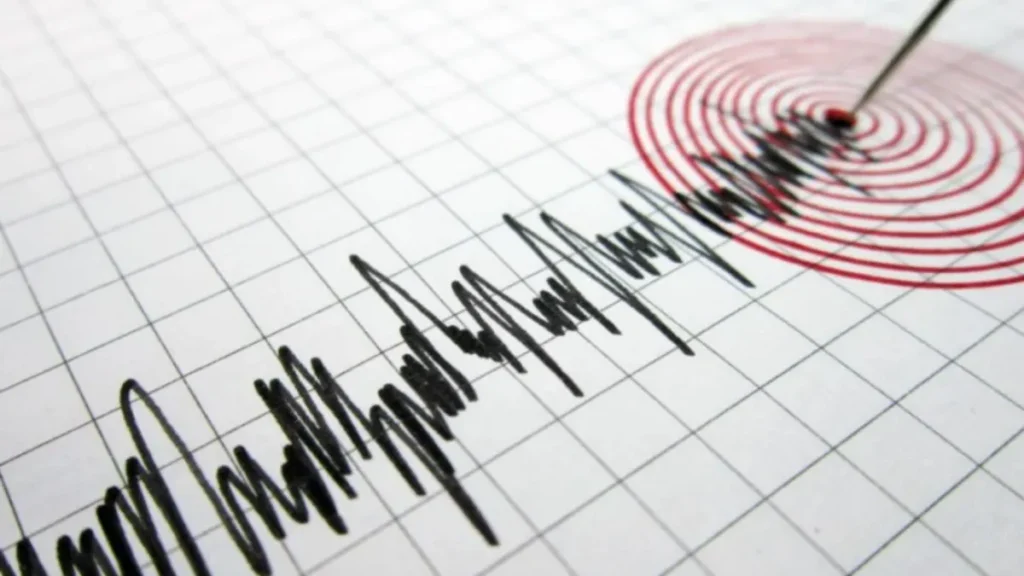Table of Contents
Sudden Shaking Sparks Panic Across Northern Pakistan
In the early hours of August 2, 2025, a strong 5.8 magnitude earthquake struck Pakistan’s northern belt, rattling cities across Khyber Pakhtunkhwa, Gilgit-Baltistan, and the twin cities of Islamabad and Rawalpindi. While the tremors were felt far and wide, authorities have confirmed no casualties or significant damage at the time of writing.
According to the Pakistan Meteorological Department (PMD), the epicenter was located in the Hindu Kush region of Afghanistan, with a depth of 180 km. Despite the deep focus, the quake triggered widespread alarm in urban and rural areas alike.
Cities That Felt the Tremors
- Peshawar
- Swat and Malakand Division
- Abbottabad, Mansehra
- Islamabad & Rawalpindi
- Gilgit-Baltistan
- Northwestern Punjab regions
Residents reported shaking that lasted 10–15 seconds, prompting many to evacuate homes and offices. Emergency exits in hospitals, universities, and malls were briefly activated as part of the standard seismic response.
High Alert but No Casualties
Spokespersons from the National Disaster Management Authority (NDMA) and Provincial Disaster Management Authority (PDMA) confirmed that the situation is under control, with no deaths or property damage reported.
“We are monitoring the aftershock probability. Our teams are ready to respond if required,” said a PDMA official in Peshawar.
The earthquake’s deep epicenter likely helped reduce surface-level devastation, a phenomenon commonly observed in the Hindu Kush seismic belt.
As seismic activity increases, the need for robust emergency teams grows. PDMA Punjab is actively hiring in 2025, seeking applicants ready to serve in critical situations like today’s earthquake.
Why This Region Faces Frequent Quakes
Pakistan sits on the active Indian-Eurasian tectonic boundary, making it one of the most seismically active regions in South Asia.
The Hindu Kush Fault Zone is especially dangerous due to its ability to trigger deep-focus earthquakes, which can affect large swaths of land even from depths over 150 km.
Historical events such as the 2005 Kashmir Earthquake (7.6 magnitude) and the 2015 Hindu Kush Earthquake (7.5) caused massive loss of life and infrastructure, highlighting the importance of preparedness.
The seismic shockwaves come just days after heavy monsoon rains battered Pakistan, compounding fears of landslides and flash floods in quake-hit regions.

Public Reaction & Emergency Preparedness
Across social media, users shared videos of people rushing out of buildings, while others posted prayers and safety tips.
This event renewed calls for:
- Earthquake-resistant infrastructure
- Public awareness campaigns
- Emergency drills in schools and offices
- Updated building codes in urban centers
What to Do During an Earthquake:
- Stay away from glass, windows, and exterior walls
- Drop, Cover, and Hold On under sturdy furniture
- If outside, move to open ground away from structures
What Experts Say
Dr. Shazia Nisar, a senior seismologist at the PMD, stated:
“The Hindu Kush zone produces deep-focus quakes frequently. While the depth can reduce surface damage, the radius of impact is larger. Preparedness is essential.”
Global monitors like EMSC also detected the tremor and logged seismic data.
FAQs
1. Was there an earthquake in Pakistan today?
Yes, on August 2, 2025, a 5.8 magnitude earthquake struck northern Pakistan.
Where was the epicenter of the earthquake?
In the Hindu Kush region of northeastern Afghanistan.
3. Which cities felt the tremors today?
Islamabad, Rawalpindi, Peshawar, Swat, Abbottabad, and Gilgit-Baltistan, among others.
4. Were there any damages or injuries reported?
No damages or injuries have been reported so far.
5. Why do earthquakes frequently occur in the KP and Gilgit regions?
Due to tectonic movement along the Indian and Eurasian plate boundary near the Hindu Kush fault line.
Final Words
Although this earthquake passed without physical harm, it exposed vulnerabilities in public awareness and building standards. From Peshawar to Islamabad, the fear was real. The response must be too.
Pakistan cannot predict earthquakes, but it can prepare. Today was a warning—and a reminder.
Written by Ameer Hamza Salara | August 2, 2025




One Comment on “KP Earthquake Today: 5.8 Magnitude Tremor Shakes Northern Pakistan”